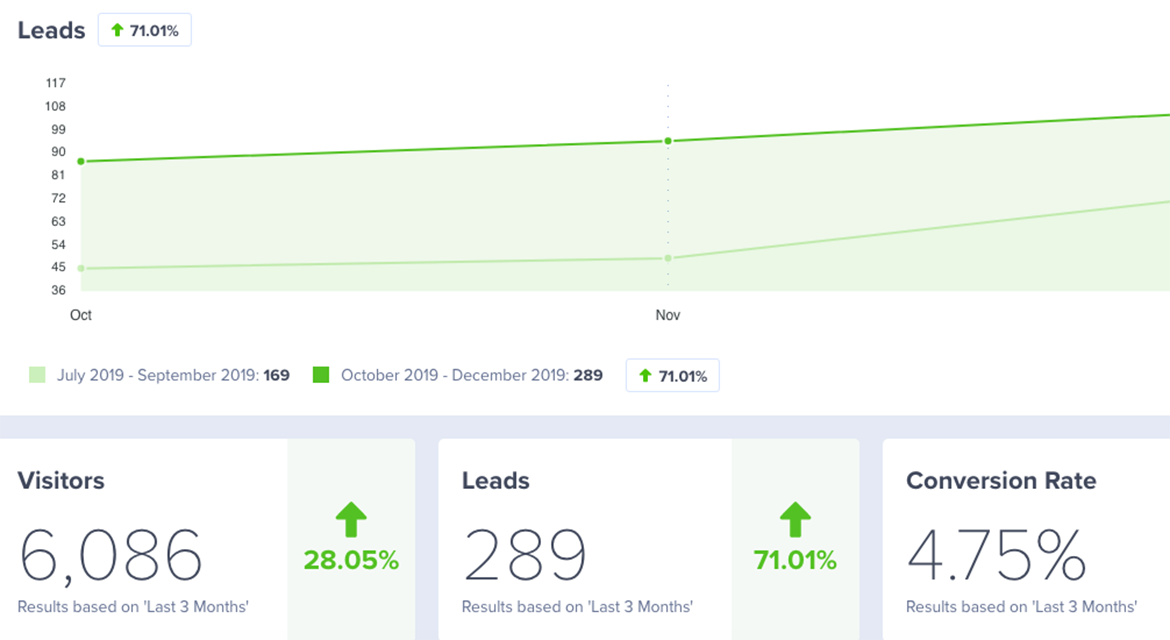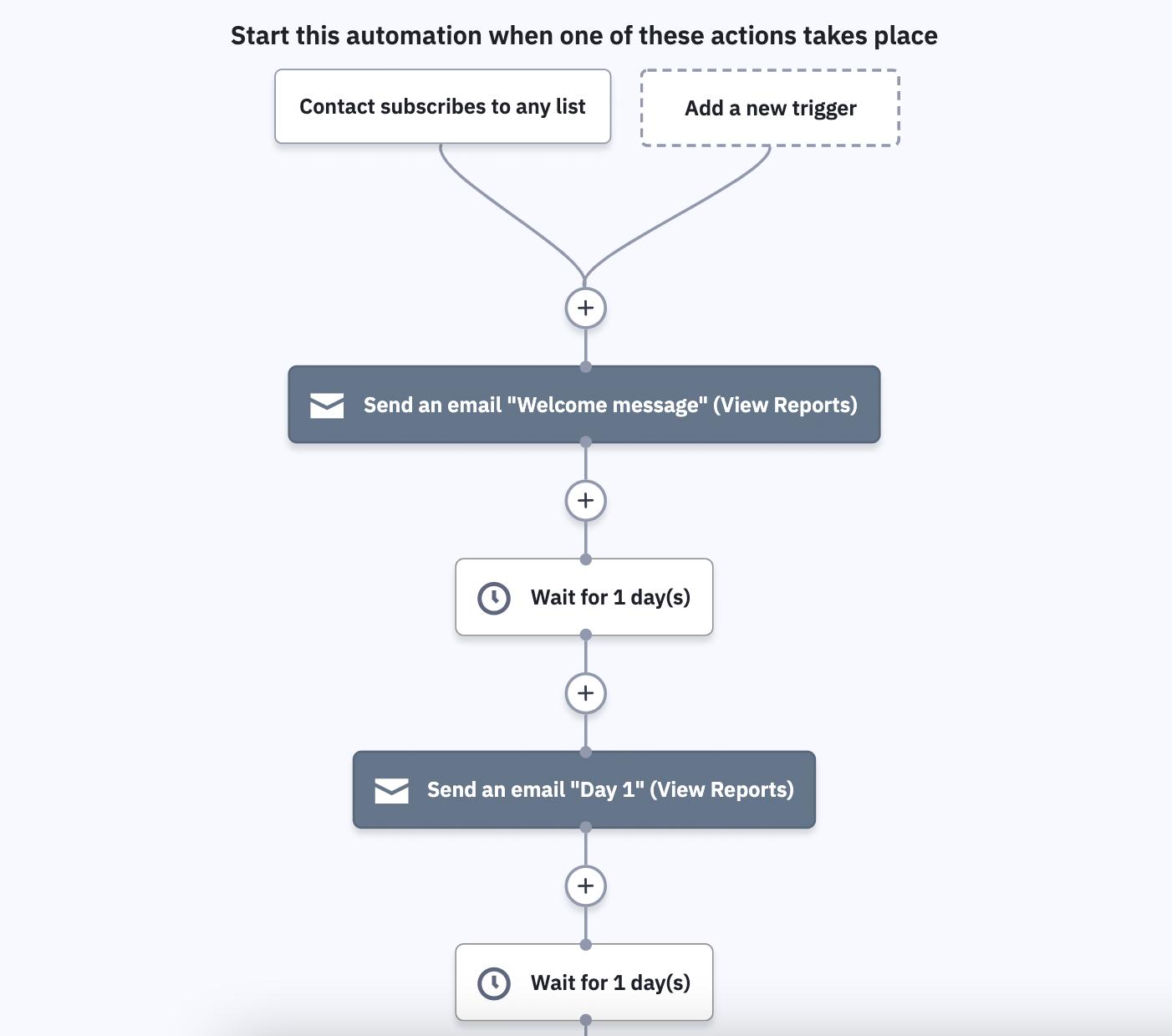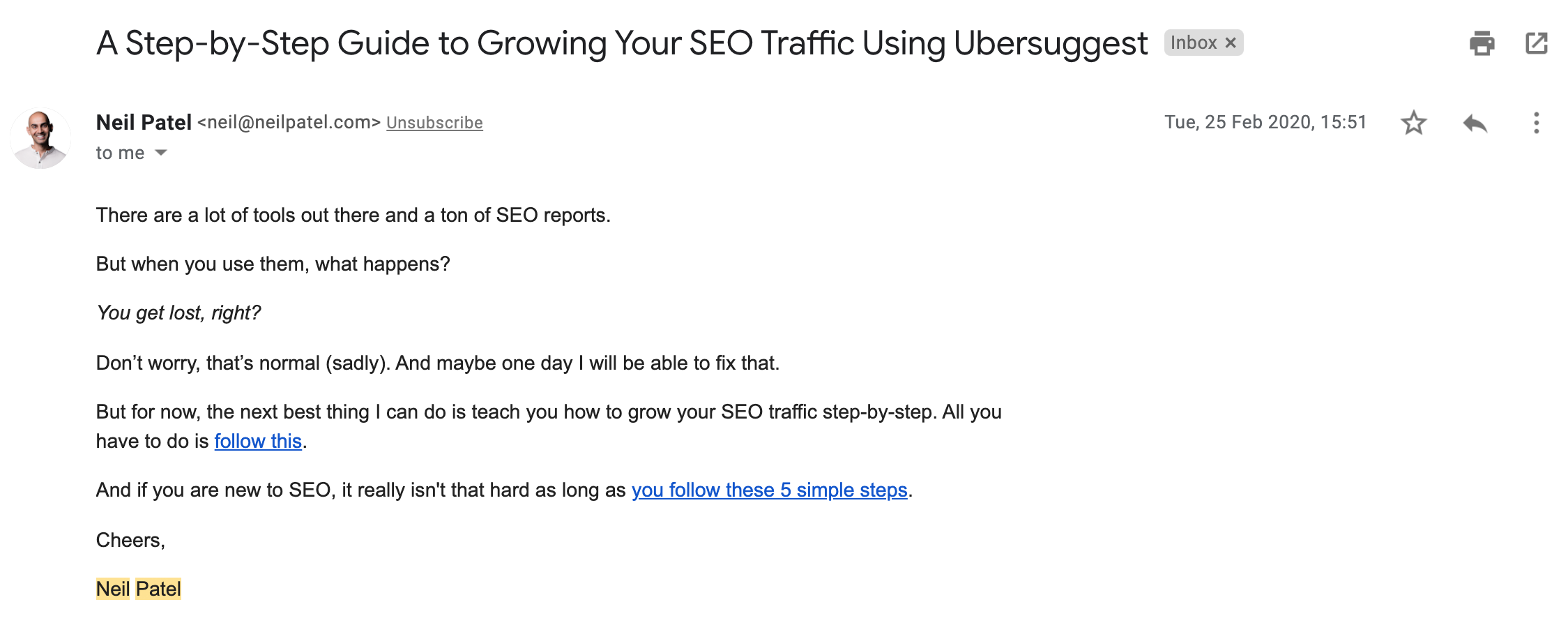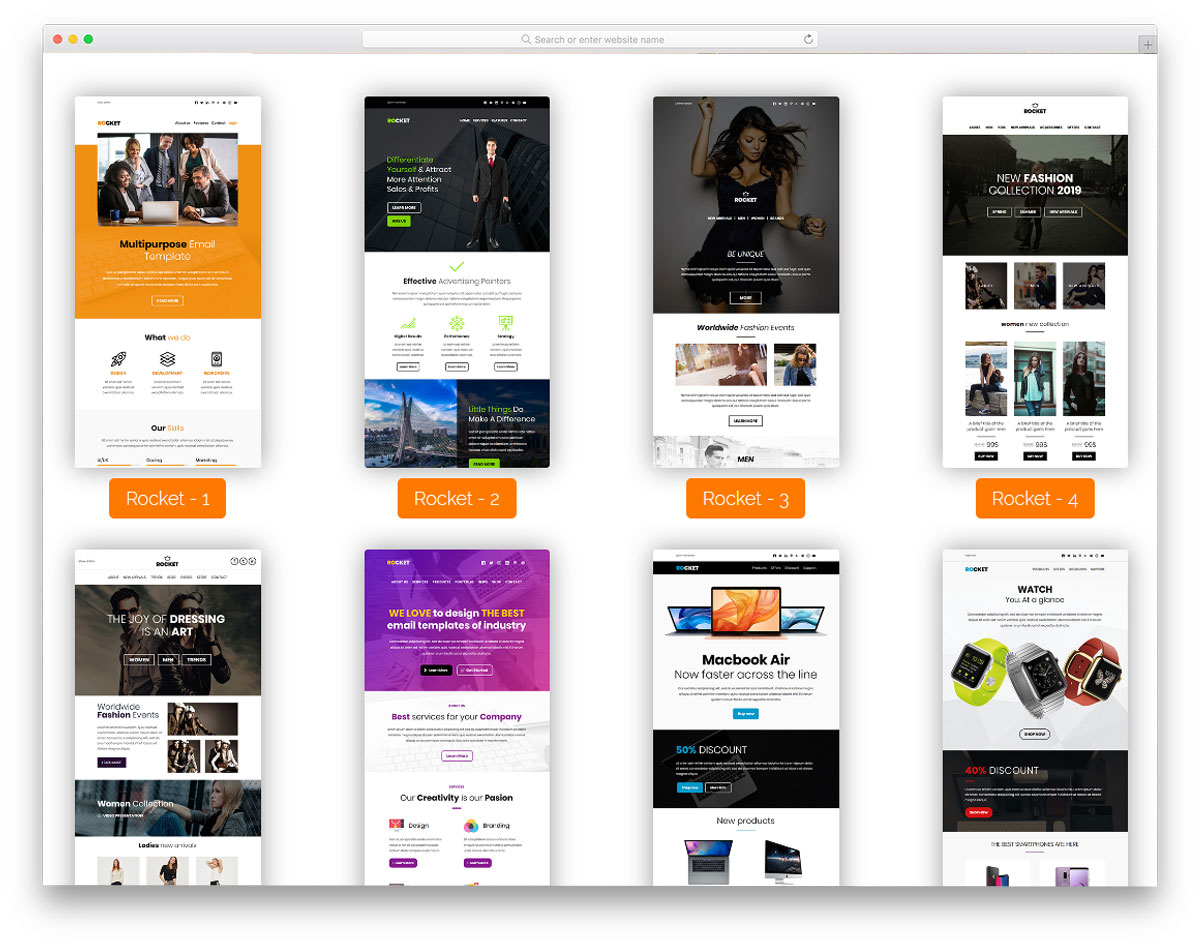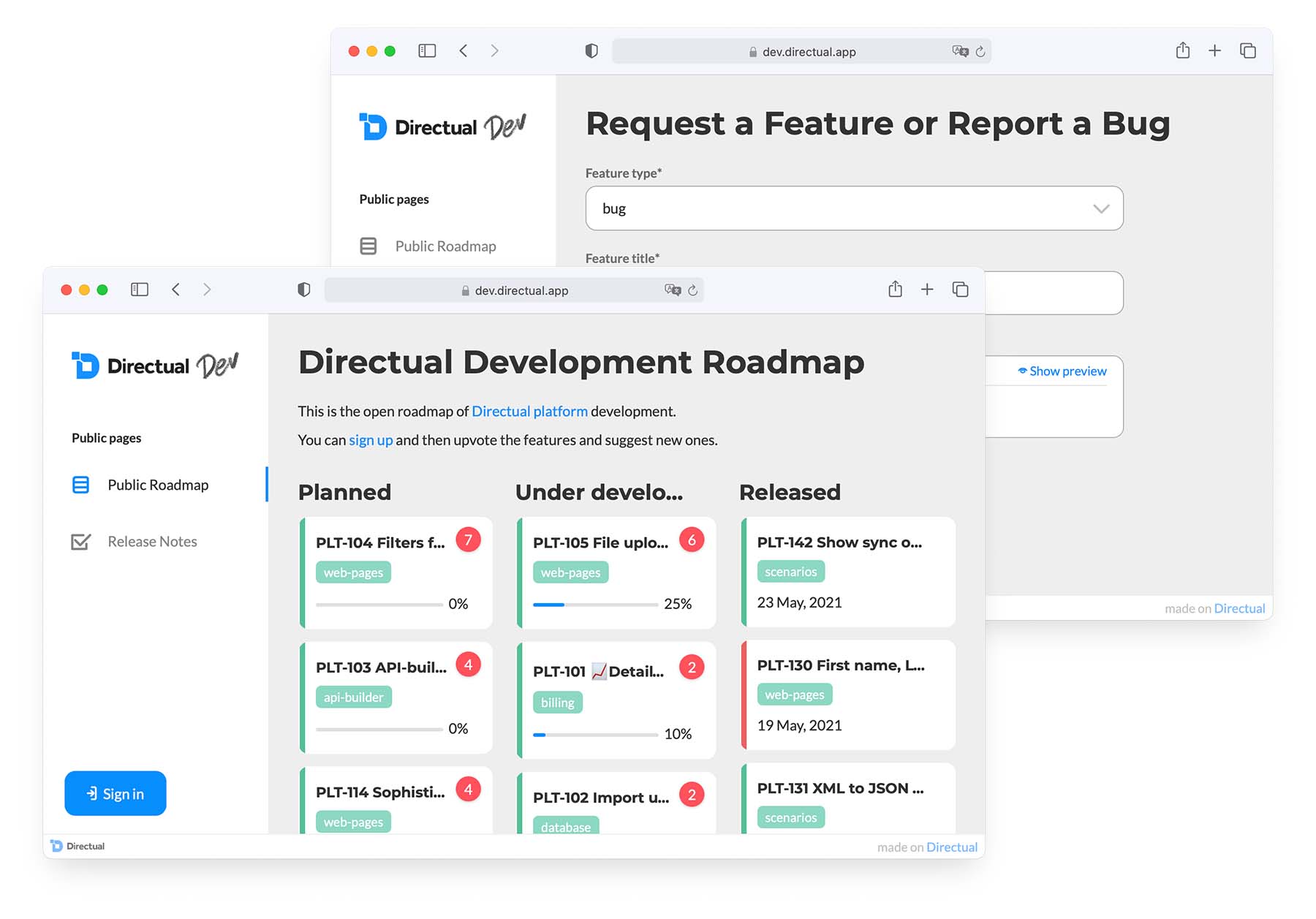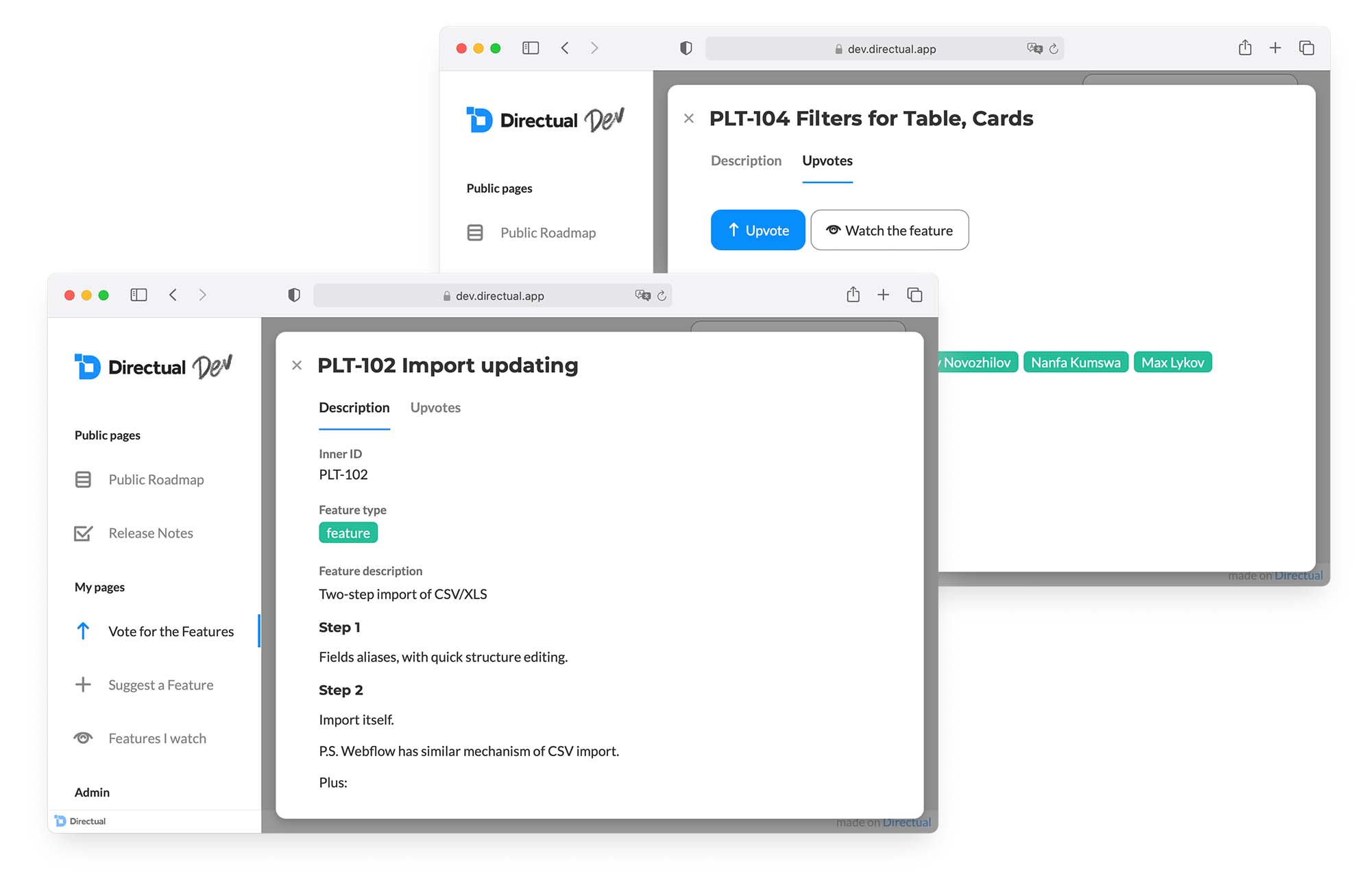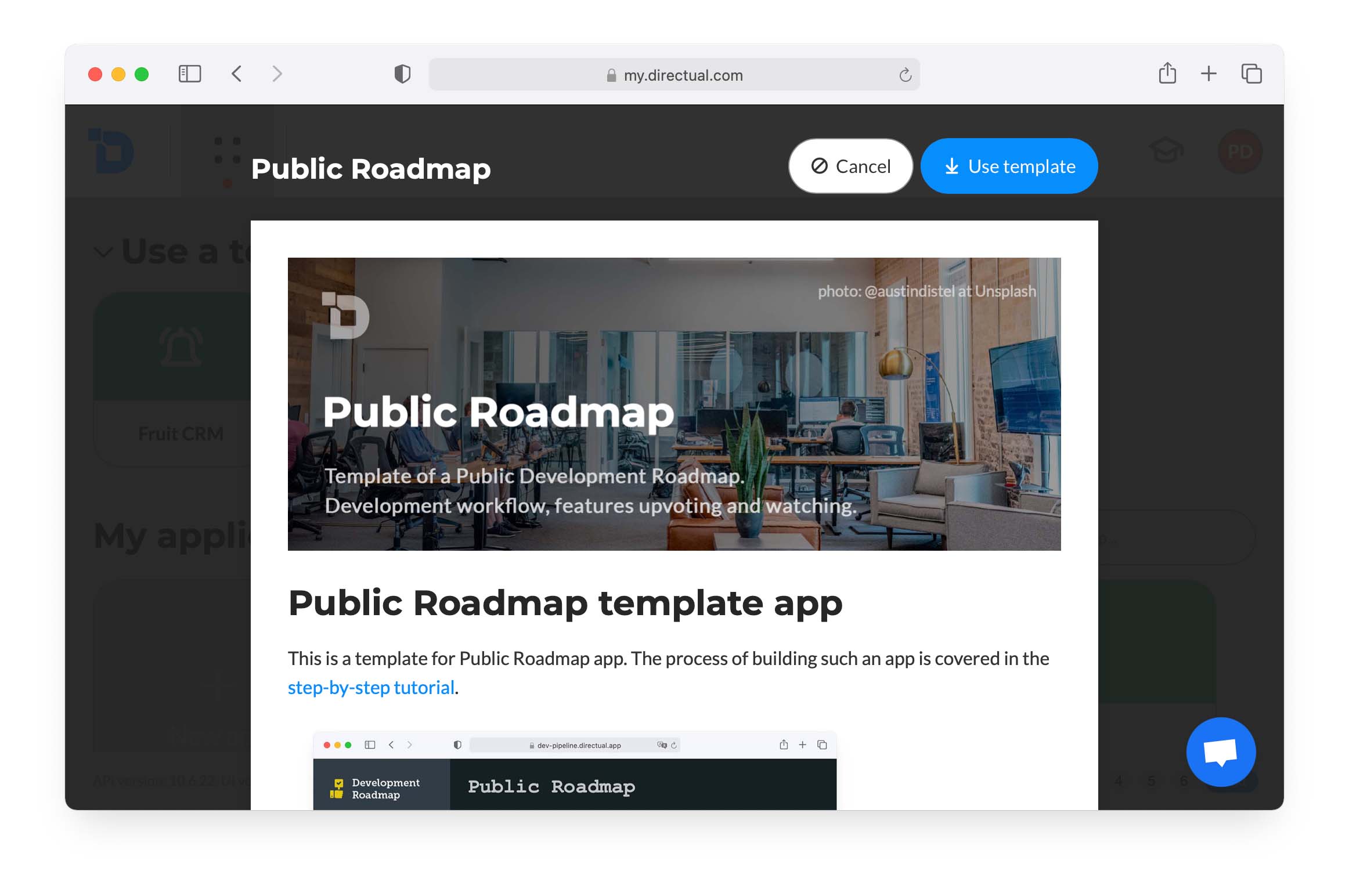Email marketing strategy
The email marketing strategy is based on your goals, approach, and type of business. If you want to predict correctly the strategy, you need to understand which approach you will use in the beginning. In fact, you can use two at once, but for simplicity, we'll start in turn.
The main thing is to understand that email is a communication channel, a technology. With the help of it, you can bring some of your ideas to people.
This technology can be used in different ways, tasks can be different too. For some business, the task is sales, for another, it's warming up, and for the third, it's just a way to remind about themselves.
Email Marketing Tasks
Email marketing can do two main things.
- Generation of new leads (Outbound marketing/sales).
- Returning people to your funnel (Inbound marketing/sales).
You can generate leads by sending cold emails. To some extent, it looks like spam.
The main difference is that spam is sent to everyone, and cold emails are sent to people who potentially need your product. This is called "outreach sales".
You find the email addresses of potential customers and start sending out your offer. Some people will throw you out, while some will buy your product. This method works great in B2B but doesn't work at all in B2C.
But in this article, I want to focus your attention on "classic email marketing" that works in any niche. The task of classic email marketing is to bring people back to your sales funnel, nurture leads and make additional sales. In this article, we will review several strategies that can be put into practice.
Let's imagine that we build cottages from glued beams and our client is a family man of 40-60 years old who wants to build a house from glued beams.
Customer avatar
To choose the right email marketing strategy, you need to understand your customer's avatar. Try to answer these questions and write the answers in a notebook.
What are his pains?
- Doesn't know which plot of land to choose.
- Doesn't know how much it costs to build a house.
- Doesn't know which house he needs.
- Doesn't know how to choose builders.
- Doesn't know what materials to choose.
- etc.
How can your product solve its problem?
- You will do everything on a turn-key basis.
- You have a team of professionals.
- You have done this many times.
- etc.
There can be hundreds of questions and answers. Now the main task is to understand the principle of how it is done.
How to collect email addresses
Now our task is to understand how to build a database of contacts. The easiest way is to start sending emails to those who are already in your database. These are the people who have communicated with you.
You sent them commercial offers; you corresponded with them by email. Every business has such lost leads.
Companies often make the same mistake. They create the Name and Phone fields in the sign-up form on the website. But don't create an Email field. The conversion from this doesn't fall much, so you can safely make the input fields with Name, Email, and Phone.
But now let's think about how we can collect more emails. A certain number of users visit your website.
How many of them leave a request on the site? I think about 1-2%. What can you do with the 98% of site visitors? You have already paid for them. Do you want them just leave? Your task is to come up with a reason why they need to stay in your pipeline.
Most people think that customers just like to leave their contact details or subscribe to your "News".
I will disappoint you.
Your "news" isn't interesting for anyone. People have a lot more other interesting news in their profiles of Facebook and Instagram. The only way in which you can get their attention is to give something that they will not find on social networks or will not be able to ask their friends.
Your task is to come up with and provide such information for which the client will "pay" with an email address. Marketers call it a lead magnet. There can be a lot of options for lead magnets. This can be a step-by-step guide, video tutorial, eBook, etc. The main thing is to understand the essence.
Your task is to exchange information on contact details.
We return to our construction company, which builds cottages. We take one of the pains that you should have written to your notebook. If you haven't done it yet, I advise you to do this exercise.
For example, I will take the pain "How much does it cost to build a house". I will make an estimate for one of the cottages in advance, beautifully pack this information into PDF files and make a lead magnet. My suggestion would be: "Download an example of a house estimate and find out how much it will cost you to build".
For the technical implementation of such a mini-pipeline, you need to sign up in the email marketing service and in the pop-up services. When a site visitor stays on the page for more than 30 seconds, the system will automatically show him the pop-up. Nobody likes pop-ups, but they work.
There are some statistics. In one of the projects, the conversion of providing email to pop-up was almost 5%. The company received 289 leads only because it used the pop-up and lead magnet. It works in any niche!
Pop-up is the easiest way to collect emails. Also, there are plenty of other lead magnets that you can apply. Now the main thing is to understand the essence of the strategy for collecting email addresses.
How to return a visitor to the website?
Now it's the final part of our email marketing strategy. This is the return of users to our pipeline.
Imagine that we learned how to collect a subscriber base, but now we need to learn how to engage them in our content.
Many companies make a mistake and try to sell something right away. Such a strategy works well in the short run, but it is disastrous in the long one. Email marketing is a marathon, not a sprint.
By sending emails, we break into the personal space of a person. Each touch is a mini alarm.
Our task is to make a sensation from "These guys are getting annoying with their spam", in "They send me really interesting insights. I didn't know that. This is just what I need right now". This can only be achieved by creating useful content.
Let's look at the nearest example, I mean, this article. You have already read several pages of text and haven't left. So this information is useful to you.
Imagine the situation: you went to this page and saw "Buy an email newsletter service. You need it". Most likely you would leave in the first 5 seconds. But you have already been reading and consuming useful content for a couple of minutes.
Your task is to create useful content that cures the pains of customers that you wrote down earlier. In our case, we return to the construction of cottages. We have 5 client pains. Now we can create 5 articles on this topic.
- How to choose a plot of land for a cottage.
- Stages of building a house.
- How to save money on building a house.
- What materials are best for your house?
- How to choose the right construction company.
- etc.
Now we can post these articles on our blog. Also, you can record short videos with the same information and insert the video into the article.
Someone likes to read, someone likes to watch, and someone likes to listen. So, you will have information on all channels of perception. Also, if a person watches a video on your site, he stays longer on the page.
This is a good signal for Google and it brings your article to the top.
When you have created the content you can make a welcome email series. When a user subscribes to the newsletter and downloads your lead magnet, the system will automatically send him emails with links to your content.
You can make such a chain of emails in the email services. In these emails, you can place links to your useful content. Thus, you will return users to your website and pass them through the content.
Our email marketing strategy is to create a useful lead magnet, exchange it for an email address, and then send emails with useful content with a certain frequency.
Email Marketing Tactics
After we have decided on a strategy (creating useful content and notifying about it via email), we can proceed to tactical actions. The goal of tactics is to improve your results in a quick way. But it's important to understand:
If you need to do very complex tactical actions to get the result, something is wrong with your strategy.
I've seen many companies that honestly collect a database, create good content, and do an easy mailing to the entire subscriber base. They get good results. And there is a flip side of the coin.
Some companies send out promotions, burn out their base, but constantly do A / B tests, trigger mailings, dynamic content, and other advanced features. And their results are much worse than those who simply send useful content.
You must understand that strategy is not separable from tactics. But let's look at a few tactics that will help increase the open rate.
A/B testing
In any email service, it is possible to do an A / B test of email headers.
You send emails to 1000 subscribers.
The system at the beginning sends 100 letters with one heading, 100 letters with another, then it waits for some time. Then the email that won in A / B testing is sent to the remaining 800 subscribers. You can test not only the headers but also the body of the email with clicks on the link.
Let's return to our case.
Topic 1: "How to avoid mistakes in the building of the house.
Topic 2: "Top 10 mistakes in the construction of cottages".
It seems to you that the result is obvious. This is a typical professional mistake in any niche. Actually, the result is unpredictable. Many times I thought that people would read one thing, but in fact, they were interested in something completely different. You never know what will be more effective. You always need to test.
Trigger Mailings
This is a separate issue, as it is very deep. But in a nutshell, I'll try to explain what it is. You will get a much better result of the open rate if you send emails at a certain moment.
For example, when the user opened your commercial offer, or when he visited certain pages of the site. Also, trigger mailings based on lead scoring works well. When the user scored a certain number of points, the system sends him a trigger email.
Sometimes, the open rate reaches 76%. In most cases, this technology is included in marketing automation services.
Imagine that a user has read 4 articles on your blog and left the site. The system will automatically send a letter with an article that the user hasn't read.
Dynamic content
The system automatically substitutes content depending on data from CRM. For example, men will see products for men, and women for women. This approach requires accurate work and segmentation, but it gives multiple increases in click rate in the emails.
HTML letters and letters from a living person
When you write an email, it is usually without pictures and looks like plain text. In mailing services, you can make a beautiful design. For different niches, you can use a different approach. On the one hand, beautiful letters are good for visual products, and if you sell services, it is better to send letters in the "human-printed" style.
Here is a letter supposedly written by Neil Patel.
Image source
Here are some examples of HTML emails.
Image source
It is important to understand that the creation of good content and the correct choice of a client's avatar is much more important than A / B testing, trigger letters, and other tactical features. It is very easy to "drown" in interesting technologies and at the same time forget about the main thing - to be useful.






